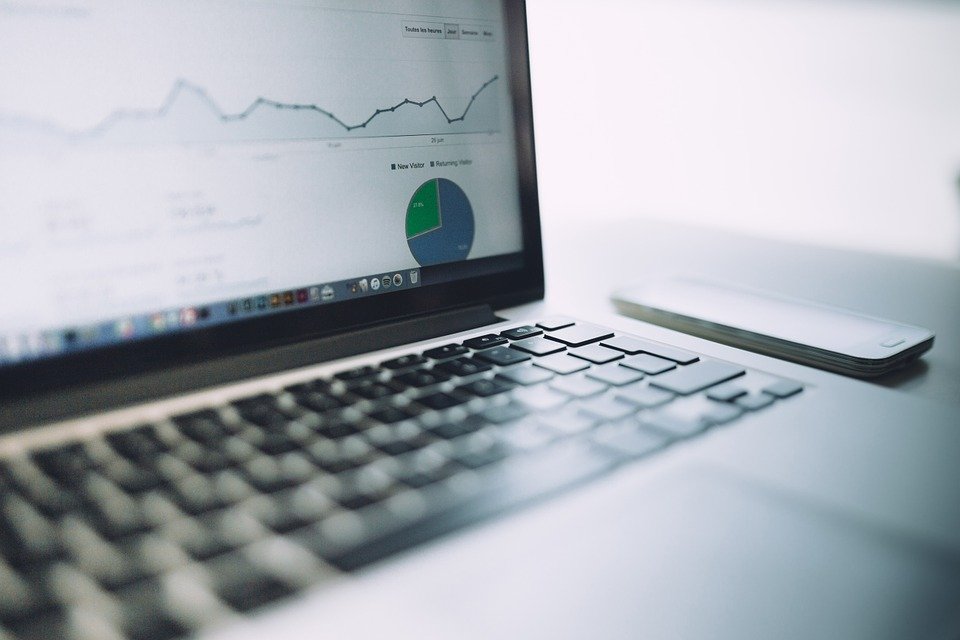
Business analytics is concerned with gathering requirements and data, then sorting it out, processing it, and establishing data-driven patterns that predict and trigger changes in business through statistical models. Since iterative analysis is at the heart of it, it’s only natural that technology not only plays a major role but also has a great impact on business analytics.
Gary Maziarz is an IT Business Manager from Aurora, Colorado who is passionate about both technology and business analytics. “In its most basic form, business analytics relies on big data along with data visualization and statistical analysis to create valuable insights. Without technology, none of this would be possible. From fast food companies streamlining their restaurants to casinos maximizing their profits and bringing back customers, business analytics and technology go hand in hand.”
Big Data and Super Computers
Back in the day when computers were less smart than the people operating them, it usually took a long time to write a function, feed it into a bulky computer with a limited memory capacity, and wait for it to churn out a static report. By the time the report was out, the data that was crunched to generate the report would most likely be too old to be useful.
“Then computers got smarter,” explains Gary Maziarz. “Not only do they come equipped with CPUs with multiple cores that perform complicated computations at lightning speed, they also have huge RAMs allowing them to process big chunks of data much faster.” This led to a revolution in business analytics in particular. Queries can be performed on the fly and computers are fed with datasets to find patterns, offer answers to complex queries and create dynamic reports based on fresh data. This quantum leap in computer engineering benefited business analytics and revolutionized the way data is analyzed.
Data Collection in Real-Time
One of the limitations that held data analysis back was the long time it took to collect such data and feed it into the computer. While faster and more powerful computers are certainly an asset, all that computational power would have limited practical benefit if the data itself wasn’t up to date and more reflective of the current state of the business.
“Think of it this way,” Gary Maziarz says, “if you’re trying to find out how a certain asset in the stock market is doing, then looking at data from last week or last month wouldn’t help.” That’s where large-scale electronic data collection comes in. Data is being gathered faster than ever before. Electronic devices monitor the market, other businesses, and consumer behaviors all in real-time, fill up spreadsheets with the data and generate reports. Whether it’s a camera, a proximity switch or a point-of-sale system, the data these devices cull is both fresh and reliable. Managers use this data to improve the user experience and solve issues such as slow service during peak hours in service-oriented businesses.
Marketing on Social Media
Social media is a defining feature of the twenty-first century. As a marketing platform, no business no matter how large or small can afford to ignore it. Social media offers a way for businesses to reach potential customers anytime and anywhere and provide unparalleled customer service as well.
According to Gary Maziarz, social media opens a riveting window and allows a business to capture every action the user performs. “If they like a post,” he adds, “or share it with someone, this is invaluable marketing data that needs to be gathered, analyzed, and utilized.” User activity on social media is a good indication not only of emerging trends but also of current customer shopping habits that are hard to identify. Rather than rely on questionnaires and customer feedback forms that consumers rarely fill up; businesses can garner more revealing information from users’ interactions on social media.
Software on the Cloud
One other technology that has impacted business analytics is the rise of software as a service or SaaS (News - Alert). Gone are the days when software applications had to be downloaded and installed on a machine. With high-speed internet, companies and individuals have access to various software services online.
“What this means to business analytics,” Gary Maziarz concludes, “is that you can use a large and complex application that’s located on a remote server without the need to invest time and money into obtaining, installing, and maintaining it.” If these advances are anything to go by, then the future of business analytics offers tantalizing promises that make it indispensable in the business world.
